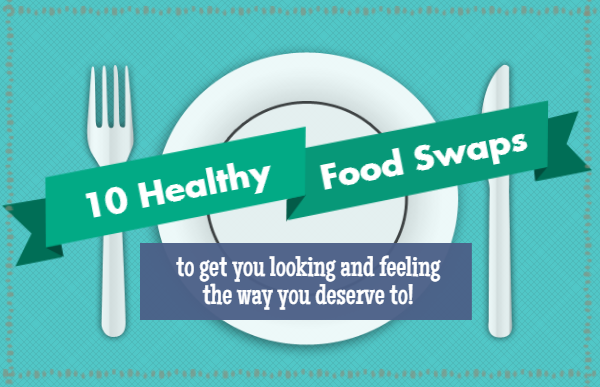Maybe Lard Isn’t so Bad After All
Lard.
Funny how a word itself can conjure up a specific feeling, and can carry along with it any negative baggage it may have picked up along the road. But once a word is tainted, can it ever be revived from that negative connotation? If something innocent is wrongly accused, can its name ever be fully restored?
While it rolls off the tongue like an insult, and immediately makes you think of poverty and clogged arteries, is there a chance that maybe lard isn’t so bad after all?
Bring back the lard
Just to clarify, lard is pork fat that has been rendered. While it is commonly used for cooking in many traditional cuisines around the world, its contemporary use has greatly diminished. During the 19th century, folks in the US and Europe used lard the same way as butter, but they both fell out of popularity when the industrial revolution made vegetable oils much cheaper and readily available.
Cheaper AND better for us…. or so the vegetable oil industry led us to believe. Vegetable shortenings (like Crisco) were developed to replace traditional cooking fats like lard, whose high saturated fat content made health conscious eaters a little nervous.
It took nearly a century of scooping into tubs of shortening for us to discover that manipulating nature might not be the best idea after all. We now know that vegetable shortening, margarine and other hydrogenated oils contain trans fats– fats uncommon in nature, and shown to consistently be associated with coronary heart disease.
Whoops.
We are also beginning to uncover that saturated fat may have gotten a bad rap that it never even deserved. A scientific analysis of 21 studies determined that there is no significant evidence that dietary saturated fat is associated with an increased risk of coronary artery disease. This good news has helped to exonerate butter from its previous accusations, and we’ve seen a buttery resurgence with the help of mainstream articles like this one.
But lard still seems to remain off limits, despite the fact that it contains only 1/4 of the saturated fat as butter. It’s made up of about 40% saturated fat, 12% polyunsaturated fat, and 48% monounsaturated fat- what we’ve come to recognize in our society as “good fat”. In fact most of lard’s “good fat” is oleic acid, the same heart healthy essential fat found in olive oil and associated with decreasing “bad” cholesterol.
That’s double the amount of oleic acid found in butter, just for the record. (source)
Lard’s unique culinary properties are widely recognized by chefs and bakers around the world who depend on it for flaky crusts and crispy edges. Its low smoke point makes it ideal for high heat cooking and frying, and its saturated structure means it can resist a kind of heat related damage called oxidation, that more sensitive fats like vegetable oil cannot.
Saturated fat is vital to metabolism, cell function, and hormone regulation, but it suffers, along with lard, in its negative word association. Coconut oil, which contains over 90% saturated fat, has (remarkably) combatted this disability and surged to the top of the superfood tower.
Some guys have all the luck, but will lard ever make its deserving comeback?
I’m a lard lover
I recognize that lard is a traditional fat that nature has given us. I also am of the belief that nature doesn’t make bad fats, factories do. That’s why I always keep lard around for sautéing veggies and frying just about anything (lard’s mild flavor can lend itself in both sweet and savory applications).
But don’t make a mad rush to the grocery store to pick up a can of what you’ve been missing out on all these years. Industrially produced lard is often treated with bleaching and deodorizing agents, and has been hydrogenated in order to increase shelf life. It also comes from pigs who were not raised the way nature intended for them to be. An animal’s diet will significantly affect the fatty acid content, iodine values, and vitamin levels found in its tissues.
Pasture raised for perfect lard
Lard from pigs allowed to forage outdoors will contain higher levels of omega-3 fatty acids, as well as vitamin D levels. Just like us, pigs convert sunny rays into vitamin D. An animal who spends its days basking in the sun will end up with significantly higher levels than their conventional counterparts, who may not see the sun during their entire lifespan.
Lard is sustainable, affordable, and it ensures that the entire animal will be used. North Carolina is one of the largest producers of hogs in the US, and while I regularly enjoy oils from all over the world, I am a proponent of taking advantage of what’s in your backyard. If you’re in NC, you can find pasture raised lard from Coon Rock Farm in Durham.
Is it hard for you to get over lard’s bad reputation? What are your thoughts? I’d love to hear them!
More interesting reads about lard and pasture raised pork:






